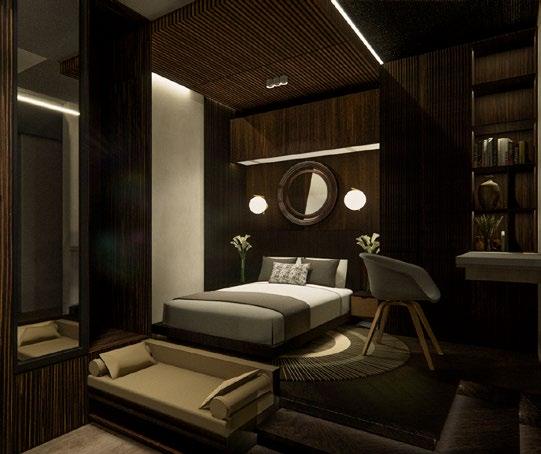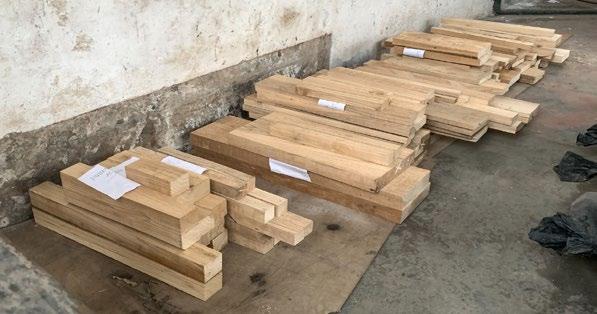
1 minute read
Ky.La Space
types
Residential area
Advertisement
40sqm status
Academic Project lecturer
Miranti Sari, M.Ds
Ky.La Space is a studio apartment designed for a 20-year-old accounting student who is also a fashion enthusiast. During the pandemic, the 40sqm area will be used for three main activities: sleeping, living, and working. To support productivity in the space, the user needs an area that is flexible and easy to clean to maintain a neat appearance. The various types of clothing and accessories require ample storage space for current and future needs.
Ky.La Space is a residence with a concept that amplifies peace and convenience, thematically highlighting the feminine elements of Indochinese vernacular design that represent the user’s ethnic and personal identity. Through this project, Ky.La Space aims to be a residence that always provides warmth and comfort for the user’s activities during and after the pandemic.





Untitled
types
Furniture, Easy Chair dimension
63x65x79 cm status
Academic Project, Under Construction partner
Waldi Hasan, Krissandi lecturer Yogie Chandra, M.Ds
The recent trend in Indonesia’s chair design has become heavily influenced by global design trends, which can be attributed to several factors such as the rise of manufacturing and the prevalence of design plagiarism. As a result, the visual diversity of chair design in Indonesia has become limited, raising concerns about originality and creativity within the industry. This homogenization of chair design has the potential to stifle innovation and prevent the development of unique and culturally significant designs.
Furthermore, Bandung itself has a diverse range of chair designs with abundant quantities, particularly in chairs from the colonial era. Seeing this potential, was inspired to incorporate historical and cultural values into contemporary chair design. With the concept of “borrowing” from old furniture components and combining them with new components and materials, I intended to create unique and culturally significant designs to overcome the issue of homogeneity. I look forward to the development of similar practices to make Indonesia chair design thrive and remain relevant in the global design scene.



The design of the new components aims to dismantle the conventional attributes of colonial chairs by blending curves and simple forms. In doing so, the borrowed legs from preserved furniture serve as a bold statement, representing a distinct era. The construction of this project is currently underway and is expected to be finalized by July 2023.












